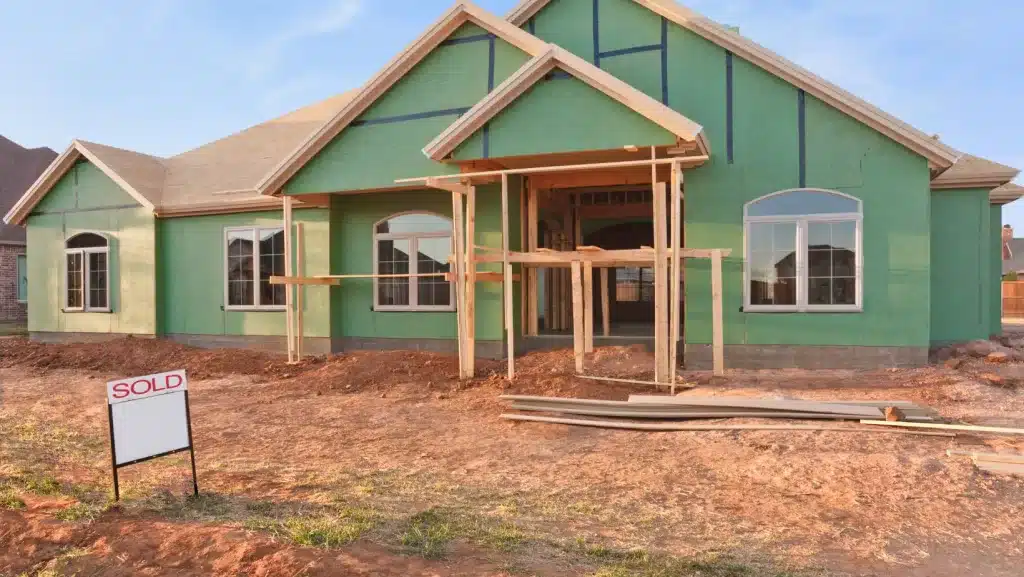
Embarking on the journey of purchasing new construction, particularly a freshly constructed one, is a thrilling venture brimming with anticipation. The prospect of owning a home built to your exact specifications, adorned with your preferred finishes and amenities, devoid of the remnants of prior occupants, is undeniably enticing. However, amidst the excitement of selecting upgrades and envisioning your dream home, it's crucial to be mindful of potential expenses and considerations that may arise along the way.
New construction homes often present a plethora of upgrade options, allowing buyers to customize various aspects of their future abode, from bedroom configurations to flooring materials to cabinetry styles. While these upgrade possibilities may seem boundless and luxurious, it's essential to recognize that certain amenities typically aren't included in the base purchase price, potentially resulting in unforeseen costs post-closing.
One significant consideration is landscaping, particularly in the backyard. While many new construction properties come with front yard landscaping, the backyard often remains a blank canvas, requiring additional investment to transform it into a functional and aesthetically pleasing outdoor space. For homeowners governed by homeowners' association (HOA) regulations, this process may entail submitting landscaping plans for approval, adding another layer of complexity and potential expense.
Additionally, buyers should carefully assess the inclusion of appliances in their new home purchase. While basic appliances such as ovens, stovetops, dishwashers, and microwaves may be provided, other essential items like refrigerators, washers, and dryers may not be included, necessitating separate purchases and budgetary planning.
Another consideration often overlooked is window coverings. While the allure of expansive windows is undeniable, the absence of blinds or curtains can present privacy and aesthetic concerns. Although some builders may offer window coverings as optional add-ons for an additional fee, buyers should clarify this aspect before closing to avoid unexpected expenses post-move-in.
Similarly, the inclusion of features like backsplashes in kitchens and bathrooms may vary among builders. While model homes may showcase these upgrades, they're often considered add-ons with associated costs. Campbell Realtor Tuscana Properties add in, "Clarifying the inclusion of such features and discussing potential additional expenses with the builder beforehand can prevent disappointments upon taking possession of the home."
While each home builder operates differently and may offer varying levels of inclusivity in their base packages, it's imperative for buyers to thoroughly review their purchase agreements and inquire about any items not included in the base price. By proactively seeking clarification and understanding the scope of their purchase, buyers can effectively plan and budget for additional expenses, ensuring a smooth transition into their new home. As such, meticulous attention to detail and clear communication with the builder are essential steps in navigating the process of purchasing a new construction home.
I've learned a few important things via your post. I'd also like to state that there might be situation where you will apply for a loan and don't need a co-signer such as a Fed Student Support Loan. But when you are getting credit through a classic bank or investment company then you need to be ready to have a co-signer ready to enable you to. The lenders will certainly base their decision on a few components but the main one will be your credit rating. There are some lenders that will in addition look at your job history and determine based on that but in many instances it will hinge on your report.